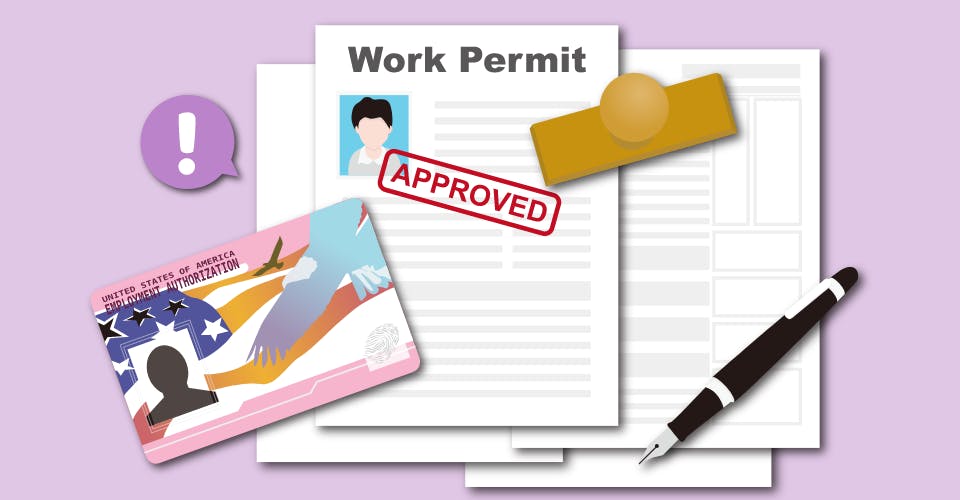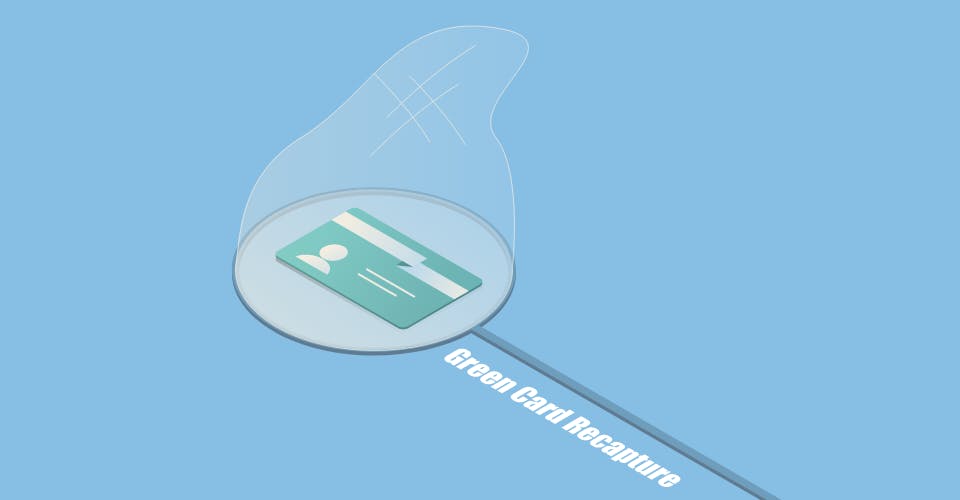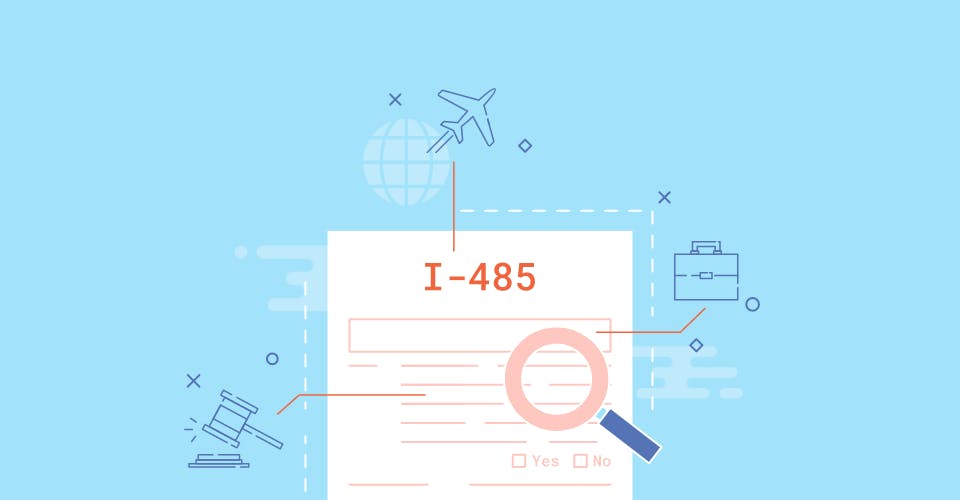While it may seem like the path to a green card for a married individual involves a high level of dependency from their spouse, the process actually entails some freedoms awarded to applicants, mainly in the form of an EAD card. The EAD card is short for Employee Authorization Document, and is crucial for immigrants to have some agency in the United States before they receive their green card (or before the I-485, Adjustment of Status application has been decided on by the USCIS).
The entire green card process for individuals who are present in the United States and are married to a U.S. citizen is around 10-13 months. In the latter half of this process, applicants are usually anxiously awaiting their green cards in the mail so they can be awarded lawful permanent residence in the United States and be able to travel abroad with more flexibility, among other luxuries and rights. The green card process can also be stressful because an individual is depending on their marital partner for financial support most of the time as they are unable to work.
But one way an EAD card helps in this light is that it’s essentially a work permit for non-citizens in the United States. 5 to 8 weeks into the green card process, marital applicants will go to a Biometrics appointment—a standard procedure that documents ones identity and previous (criminal) history. After the appointment and approximately 12 to 16 weeks after filing, such an individual will usually receive their Employment Authorization Document (EAD) in the mail. When applicants receive this card, it can take a lot of pressure off of a marriage where resources are being provided by only one party. Overall, the work permit gives non-citizens more flexibility as they continue waiting to hear about their green card.
Differences between EAD and H1-B Visa
The best part about an EAD as mentioned above is basically that it acts as a “ticket” for a source of income and ameliorates some of a married couple's financial woes during the entire green card process. However, the EAD card is not all-encompassing and differs significantly from an H1-B visa, which is a more competitive visa issued for highly skilled technical workers. Here are some key differences:
- EAD cards are available to non-resident immigrants living in America
- There is no limit or quota on the amount of EADs issued by the USCIS
- An H1-B visa only allows individuals to work in their field of expertise
- You need to meet education or experience criteria and you need a written job offer from a U.S. company to receive an H1-B
- EAD cards are only valid for short periods of time like a year
- H1-B visas are valid for a period of 3 years with an option to extend for another 3 if possible
Engaging in safe work
In the United States, undocumented workers are pretty common. Such individuals usually work in the agricultural sector out West and live in the shadows of U.S. authorities, simply trying to earn a living and remittances to family members abroad. The EAD card allows workers to have more security in the work they are doing, even if it is in the service sector. Such industries do not typically offer health insurance plans to workers, but the nature of the work is less demanding and physically difficult than working in some sectors such as construction. Some of the health risks attributed to undocumented work make for a harder lifestyle as well.
Overall, an EAD can better expose non-citizens to working environments before they receive their green card. This can help non-citizens from a human capital perspective get a better understanding of the working culture and community they are living in.














